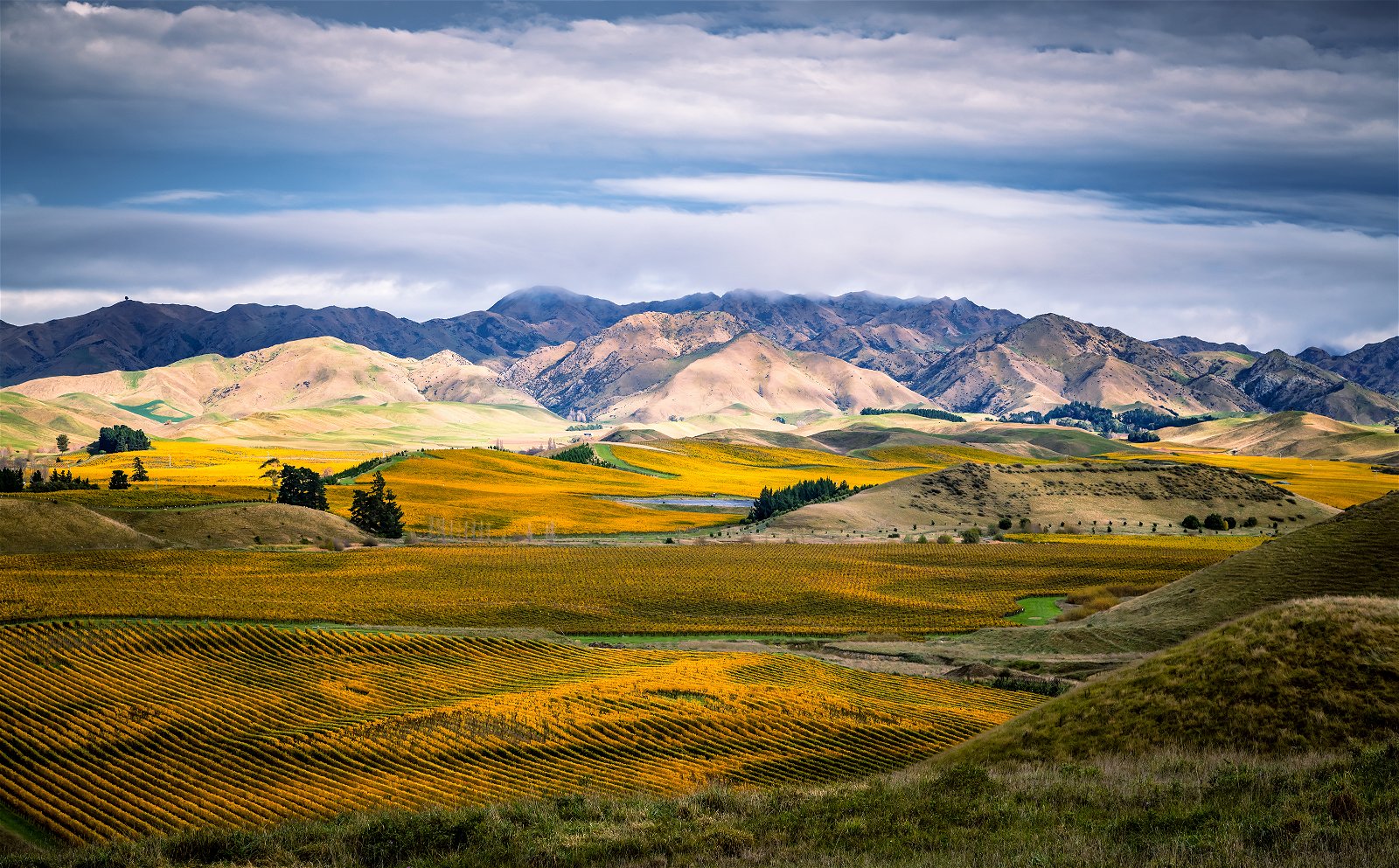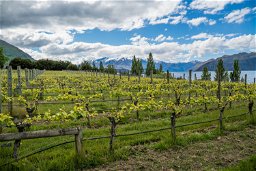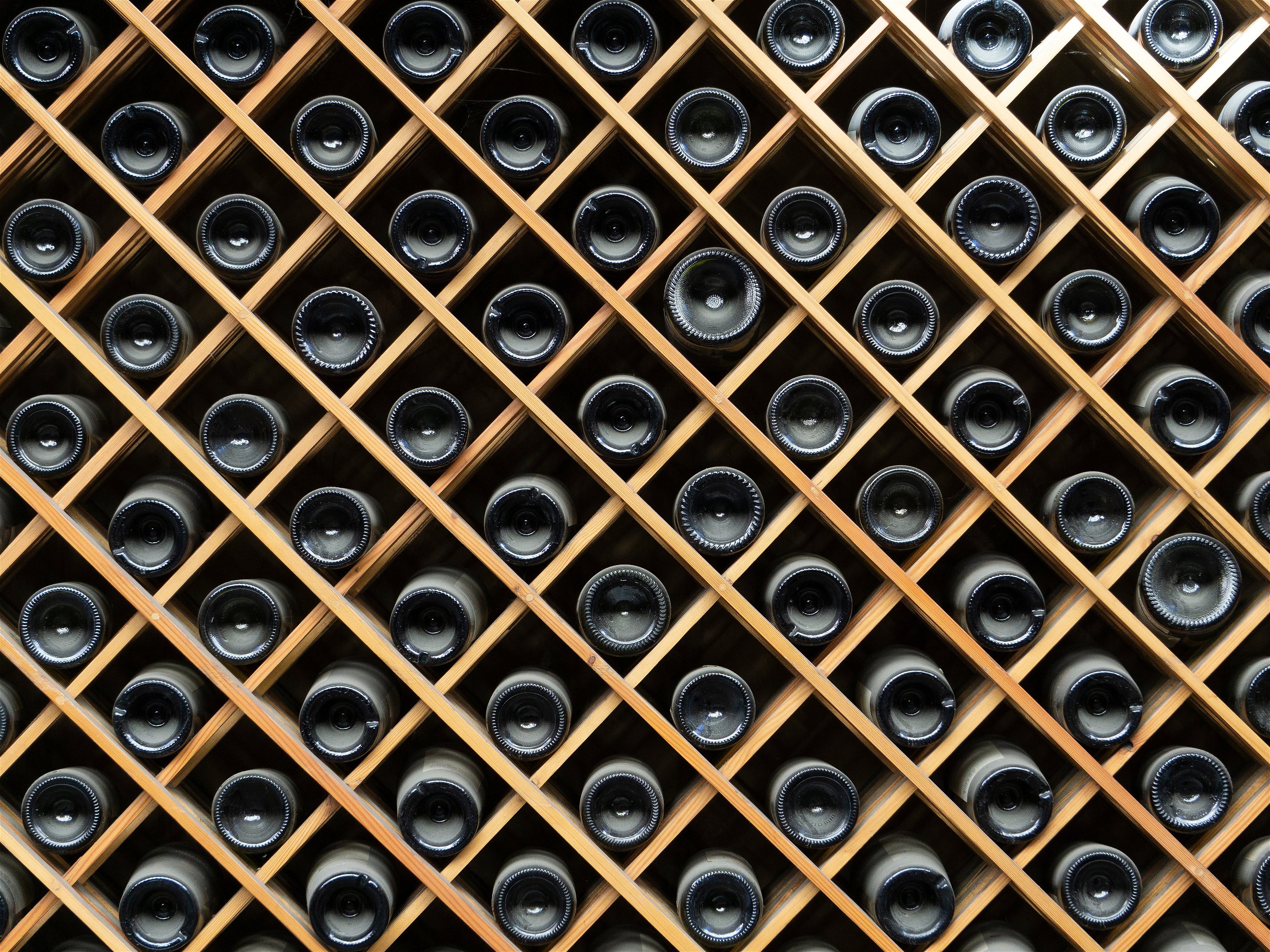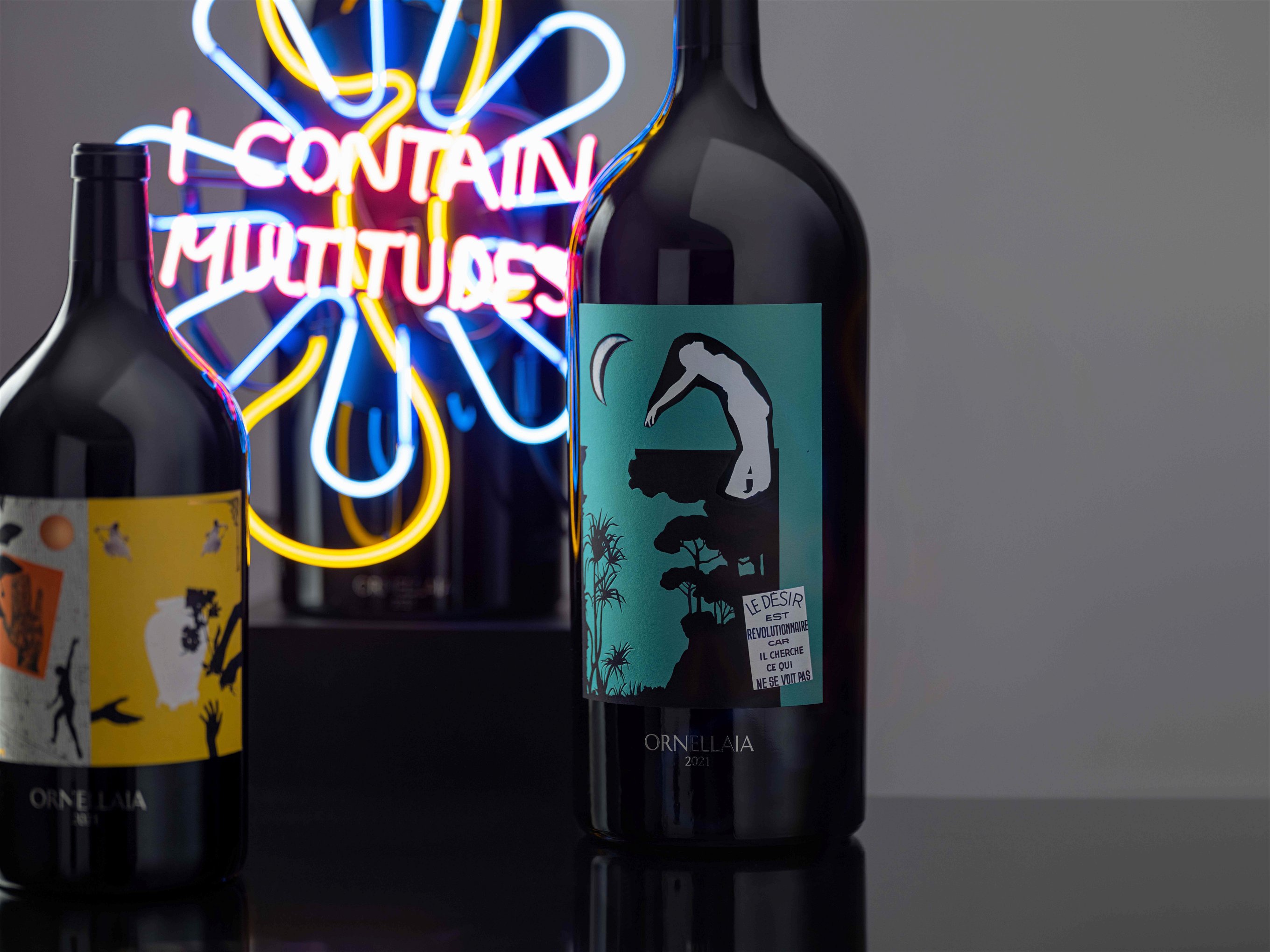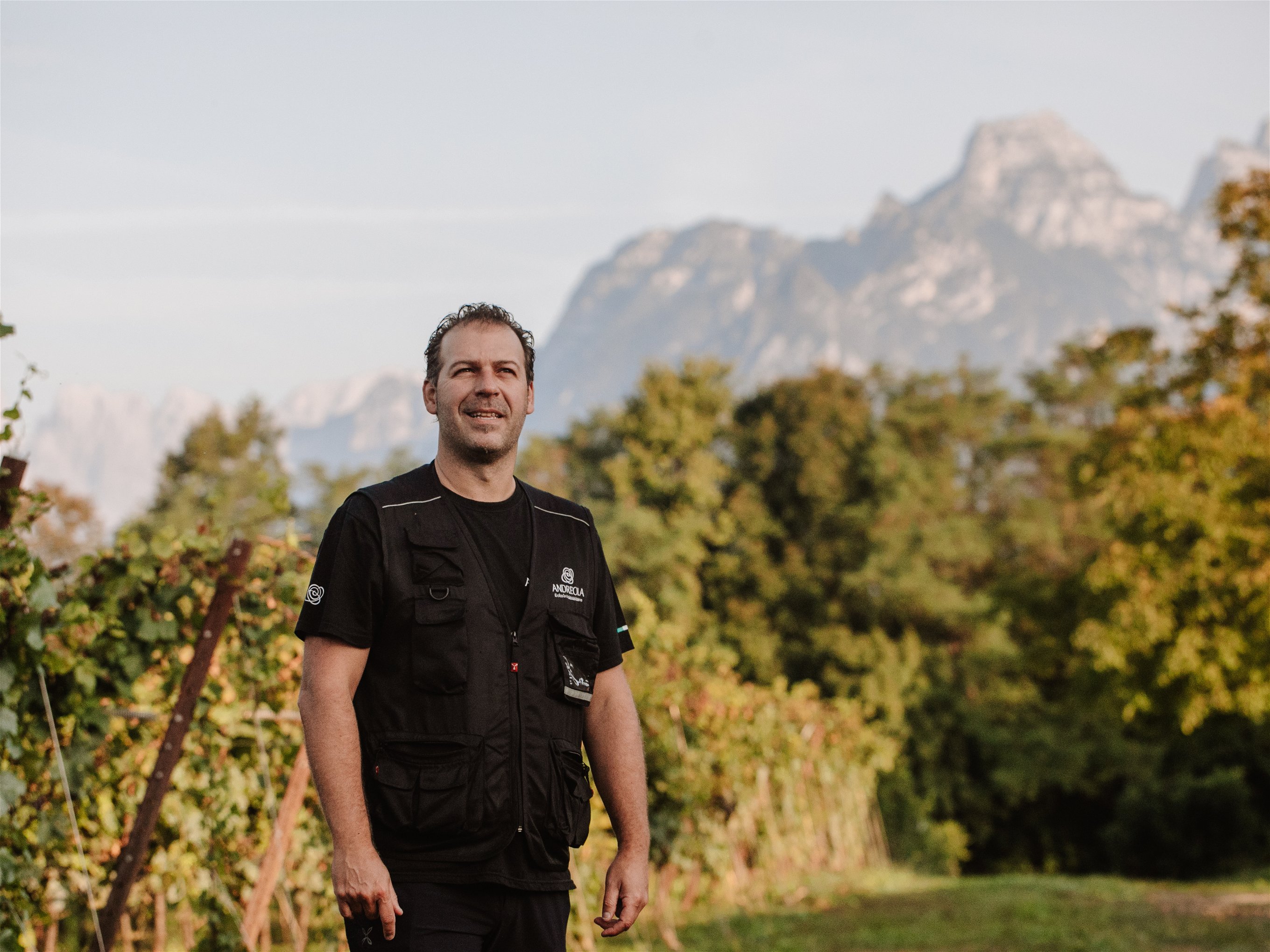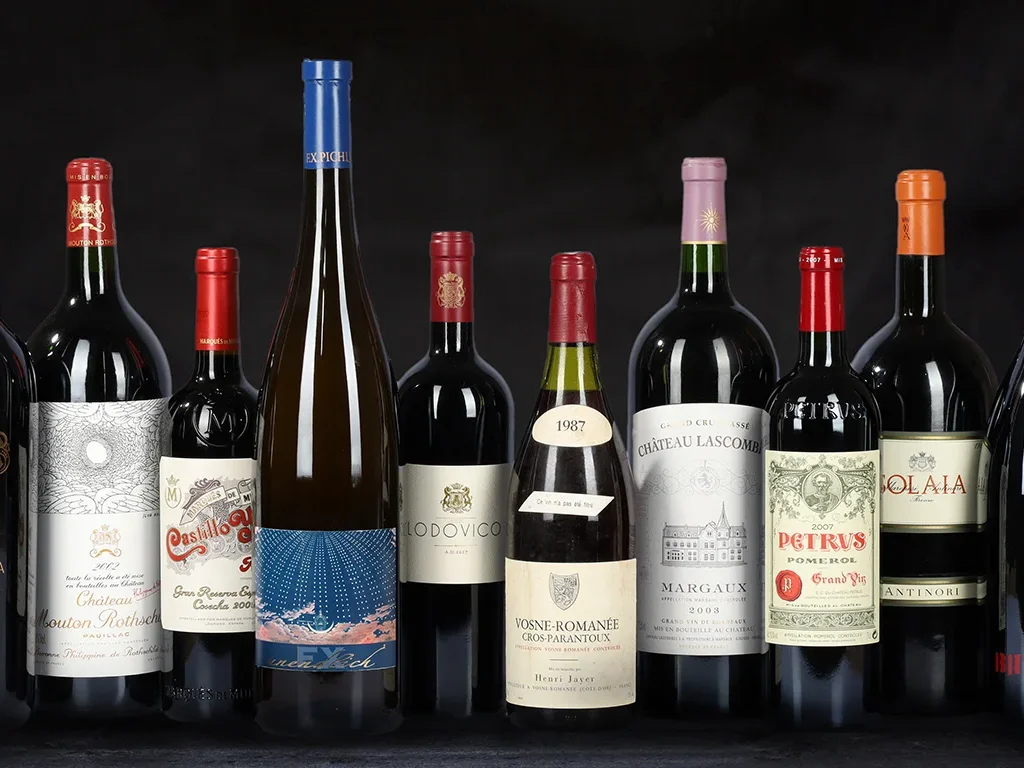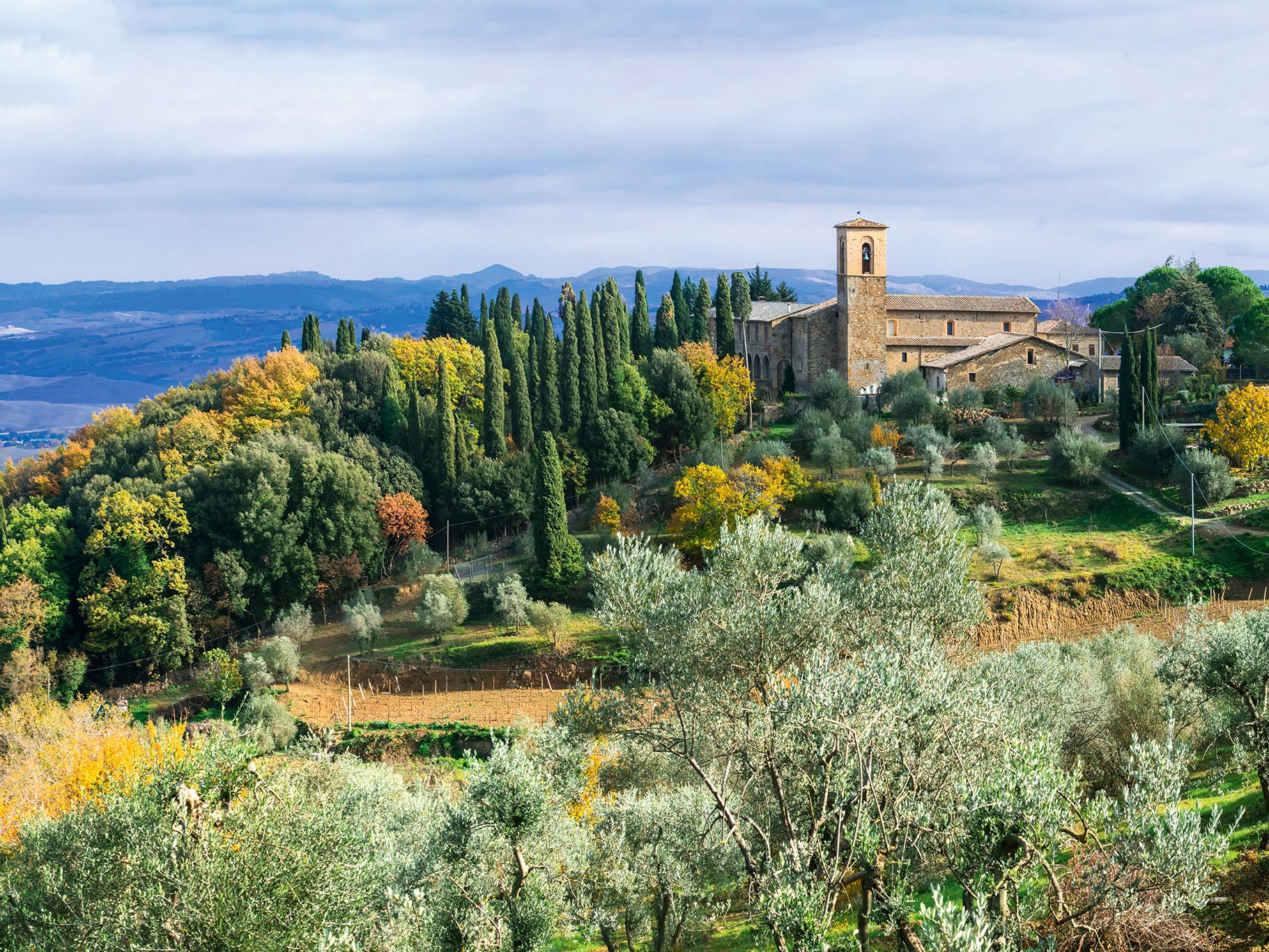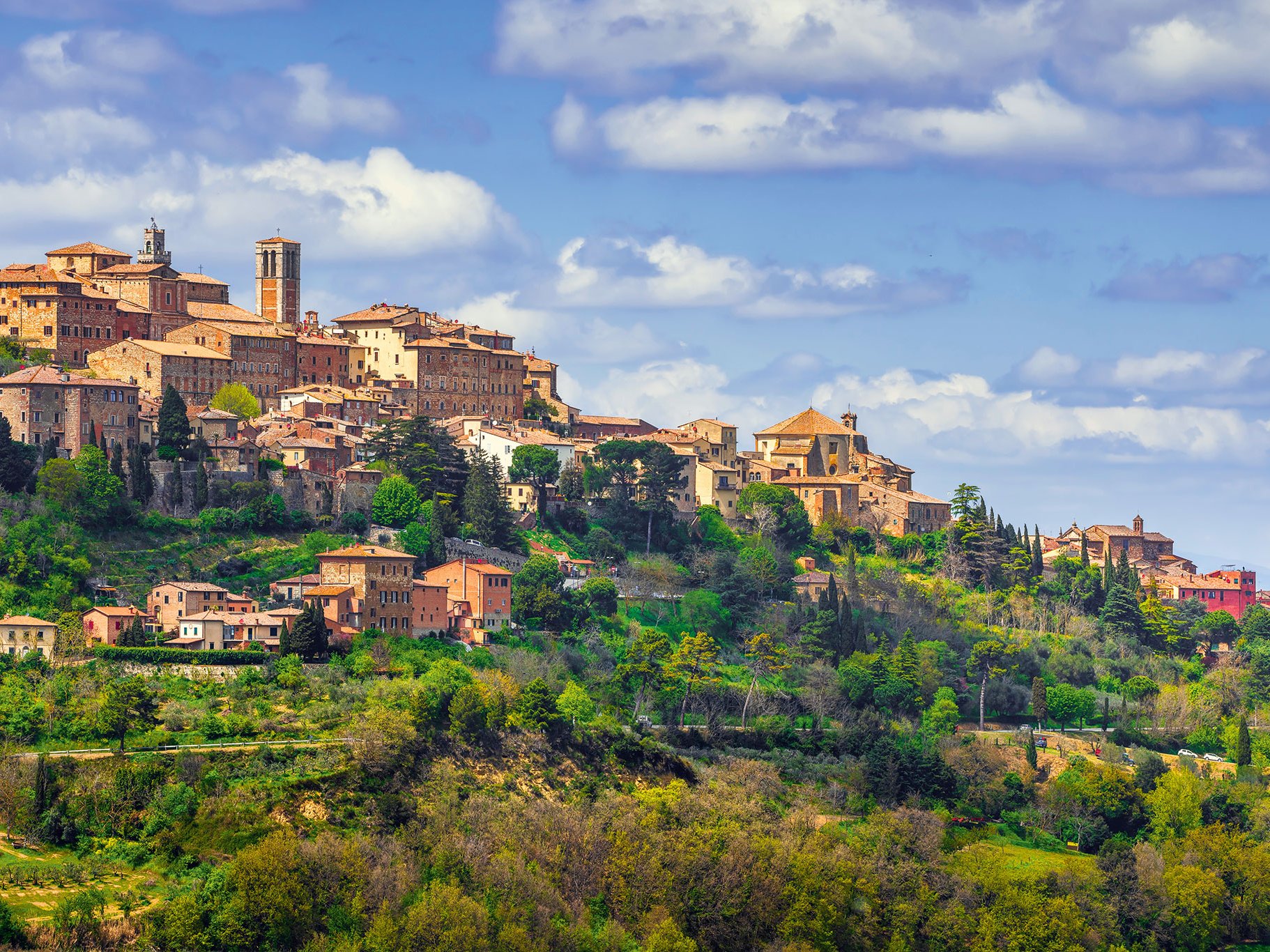At the end of the 1980s, New Zealand gained sudden fame in Europe for its Sauvignon Blanc, which today enjoys cult status, and is known as Cloudy Bay! And with this variety, New Zealand's rapid rise among the world's top wine producers began, and Sauvignon Blanc developed into the benchmark par excellence. Forty-one thousand six hundred three hectares are under vines on the North and South Islands. Of this continuously growing vineyard area, Sauvignon Blanc alone occupies 26,559 hectares. By far, the largest region in the country and thus the heart of New Zealand's viticulture is Marlborough, with 29,415 hectares on the eastern side of the northern tip of the South Island. And with about 18,000 hectares, Sauvignon Blanc also dominates here. The second largest region, Hawkes Bay on the east coast of the North Island, comes in at just 4,700 hectares. New Zealand lies isolated outside the subtropical foothills; the climate is cool and characterised by rainfall of up to 1200mm/year. Most wine-growing areas are on the east coast of the North and South Islands, although cold air arctic currents also influence the climate. After Sauvignon Blanc, Pinot Noir (5,800 hectares) and Pinot Gris (2,800 hectares) take second and third place in the list of grape varieties. Still, Riesling, Grüner Veltliner and Albarino are also grown alongside Cabernet Sauvignon, Merlot, and Syrah. With its outstanding Pinot Noirs, the southernmost wine-growing region in the world - Central Otago - occupies a unique position. The issue of sustainability plays an enormous role in New Zealand, and already about 300 of about 700 wineries are certified.
